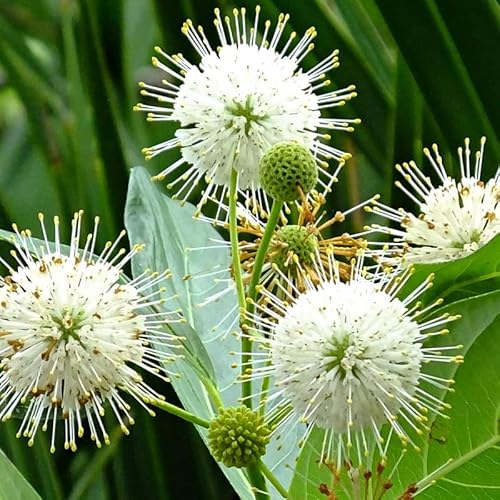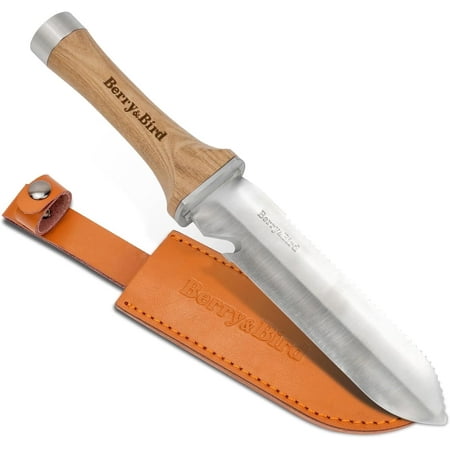I’ve dealt with invasive and ugly shrubs as a professional gardener – these are the 5 shrubs I'll never grow again, and what I'd choose instead
In my opinion, these vigorous and unsightly shrubs are best avoided
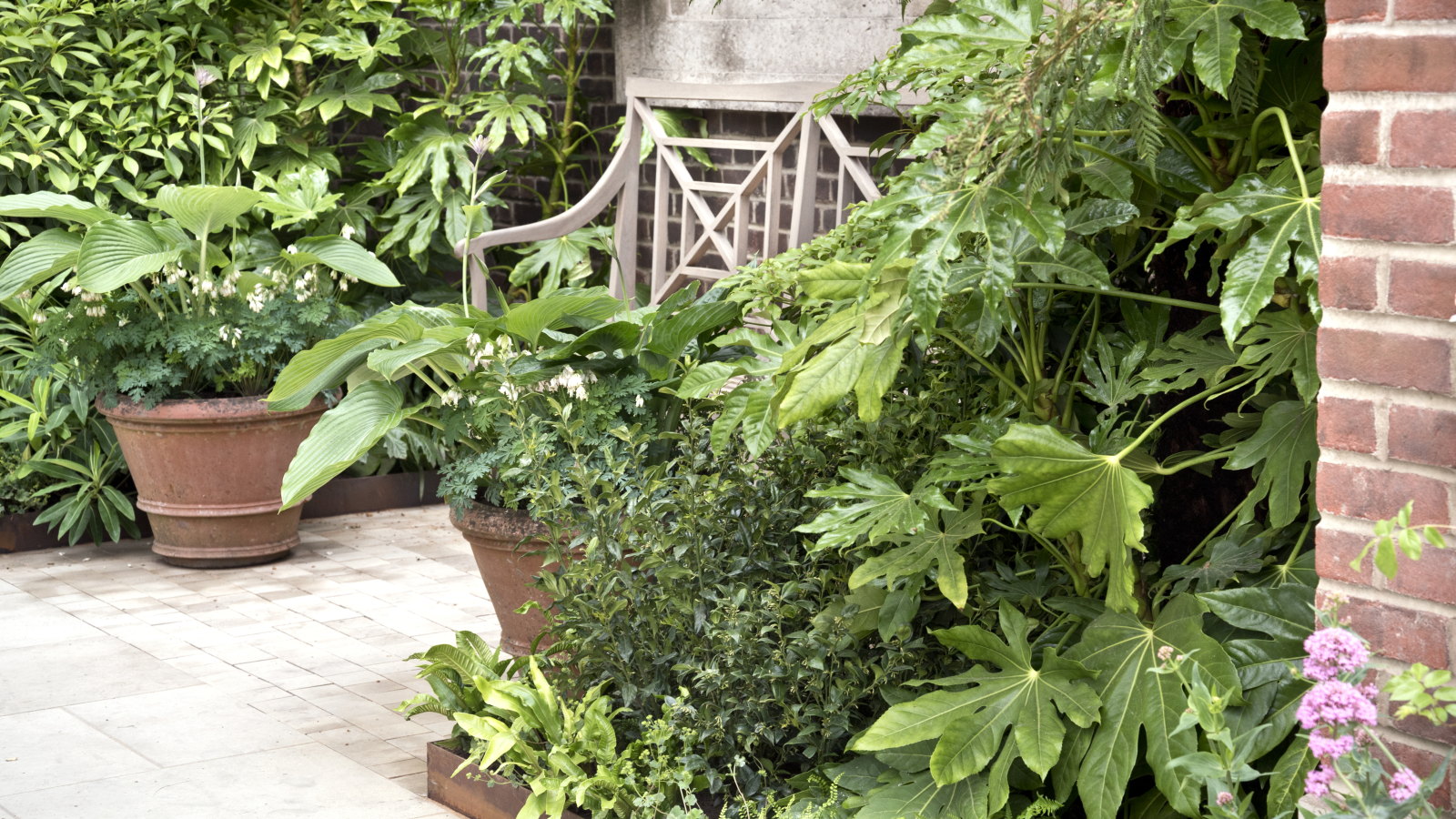

As a gardener, I am always learning from trial and error. I have planted many things over my career that I was once genuinely excited about, only to learn more as they grew, finding myself staring at them five years later, pondering why I did so.
Shrubs, in particular, can be problematic. You grow them for height and structure in the borders, and suddenly, in the blink of an eye, they’re spreading, suckering or throwing up seedlings in your neighbor's yard. Or, on a more aesthetic note, tastes may change. Take Japanese laurel, for instance. I used to admire its gold-flecked foliage. Now it just screams car lot planting to me.
Of course, your experience might be entirely different, and that’s fine. In the right space, some of these shrubs might behave well and look beautiful. But if you’re after one gardener’s honest opinion, or perhaps a gentle moan, here are five plants I will never grow again.
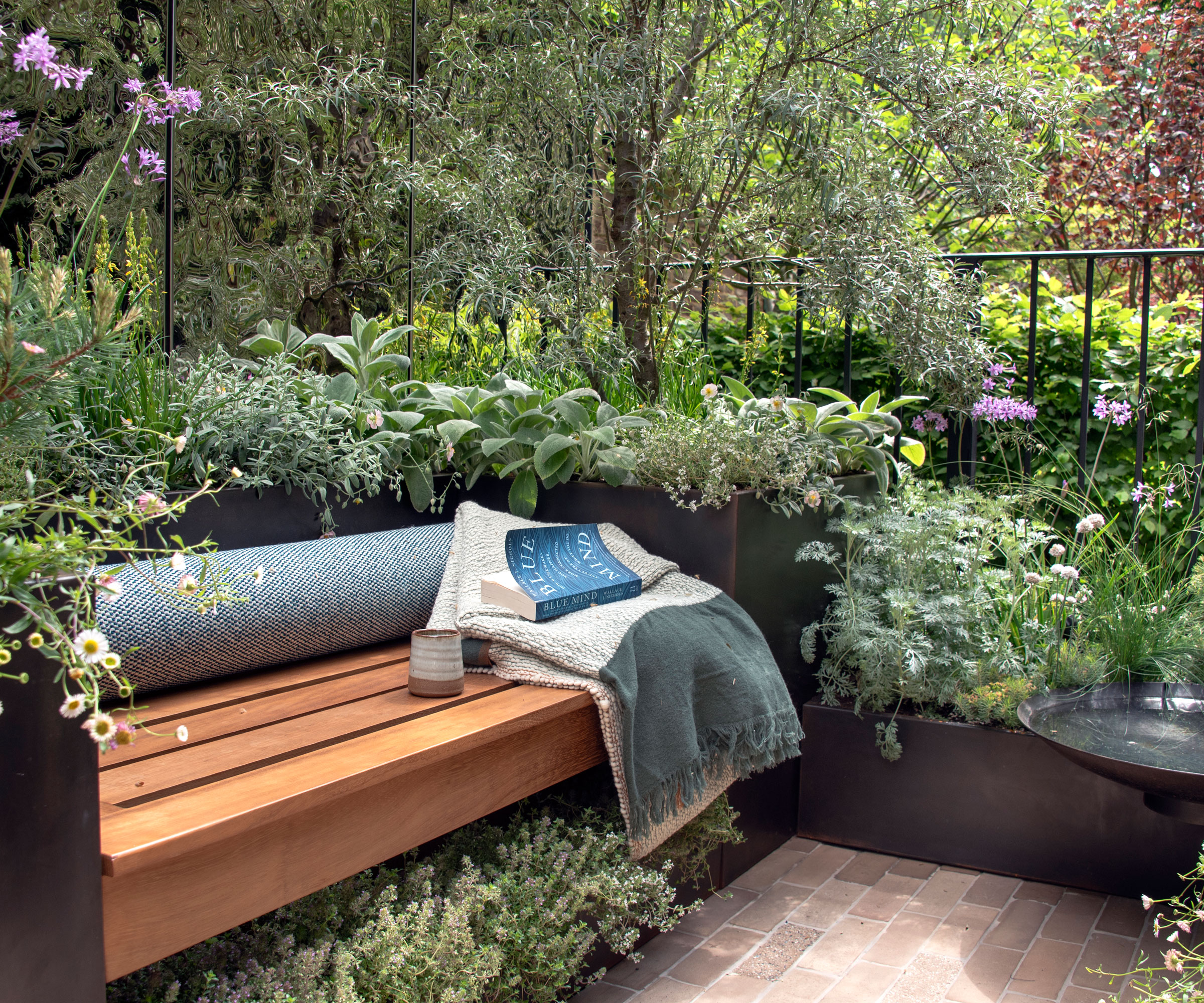
5 shrubs I’ll never grow again
As you learn and grow as a gardener, you might regret past decisions. From invasive trees to invasive bulbs, ugly climbers to perennials with a foul odour, some species that once appealed might become a curse.
The good thing about gardening, however, is that nothing (really) is ever permanent, and you can always take action to remove or replant an area.
Here are five shrubs I'll never grow again, and alternatives I now prefer after a decade working in private and public gardens across Europe.
1. Fatsia
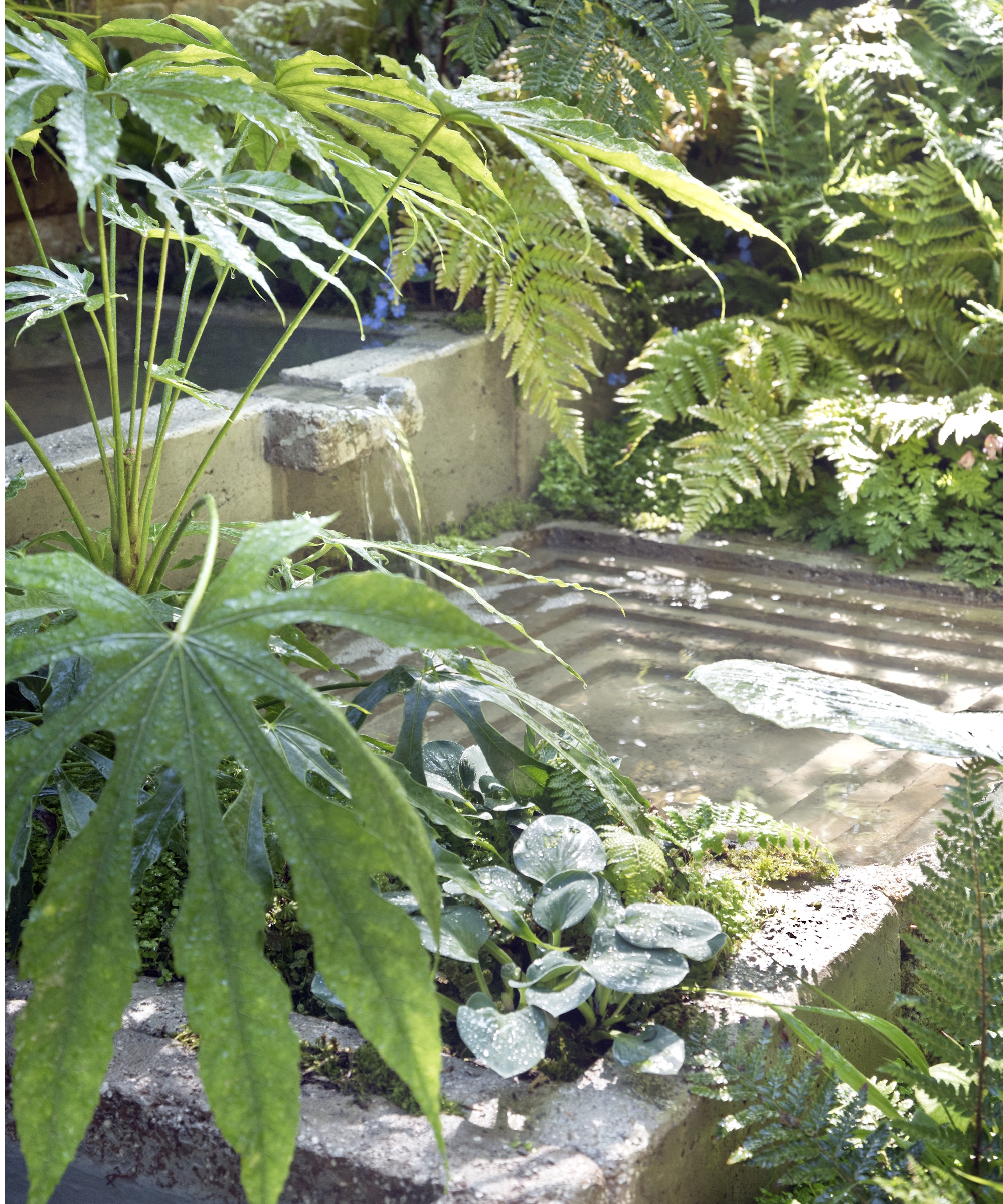
One of the shrubs I’ll never grow again is the paperplant, or Fatsia japonica. Yes, it is an evergreen shrub that is tough and reliable, but I have grown tired of its large, glossy palmate leaves.
Design expertise in your inbox – from inspiring decorating ideas and beautiful celebrity homes to practical gardening advice and shopping round-ups.
Sure, if you enjoy tropical plants or want to include large-leaf specimens in your yard, you might disagree, but for me, this is a shrub that won't be making its way back into my good books.
And, beyond aesthetics, Fatsia japonica can be a little unruly, too. Once established, it can become a little dominating in the backyard landscape, especially in warmer zones. Reaching 15 or so feet, it can seemingly take over borders without regular pruning.
So, while it is not an invasive plant, and it certainly has fans, it is not for me. However, there is one relative of the paperplant that I find far more appealing.
Fatsia polycarpa 'Green Fingers', as seen in the image above, is less glossy than Fatsia japonica, and has far finer leaf 'fingers'.
This species can be grown in pots and borders down to zone 8, ideally in part-shade and with moist soil.
There are also other unique varieties, like this variegated fatsia, live plants available via Walmart, which might appeal more than the standard species.
2. Japanese laurel

There is no denying that Japanese laurel, or Aucuba japonica, is a useful plant. It can thrive in deep, dark shade and in moist, wet soil, where other shrubs may struggle.
However, and much the same as Fatsia japonica above, when I see the foliage, the speckled yellow and green leaves, I am not filled with joy.
Sadly, while it might be one of the best shrubs for shade, I think Japanese laurel has been overused in car parks and other public realm planting schemes, the likes of which you might spot around libraries, train stations, and so on.
It can also dominate, spreading in challenging areas where other shrubs might struggle, and in certain areas, including Virginia, it is reported as an invasive shrub.
So, while this might be a shrub that thrives on neglect, I will not soon be planting it in my yard.
Instead, I would argue that the native buttonbush, or Cephalanthus occidentalis, is a better, and far safer, alternative.
In terms of how to grow buttonbush, this tough and versatile species can be planted down to zone 5, and, much like Japanese laurel, will do just fine in shade and damp soil.
Buttonbush live shrubs can be ordered online via Amazon.
3. Photinia
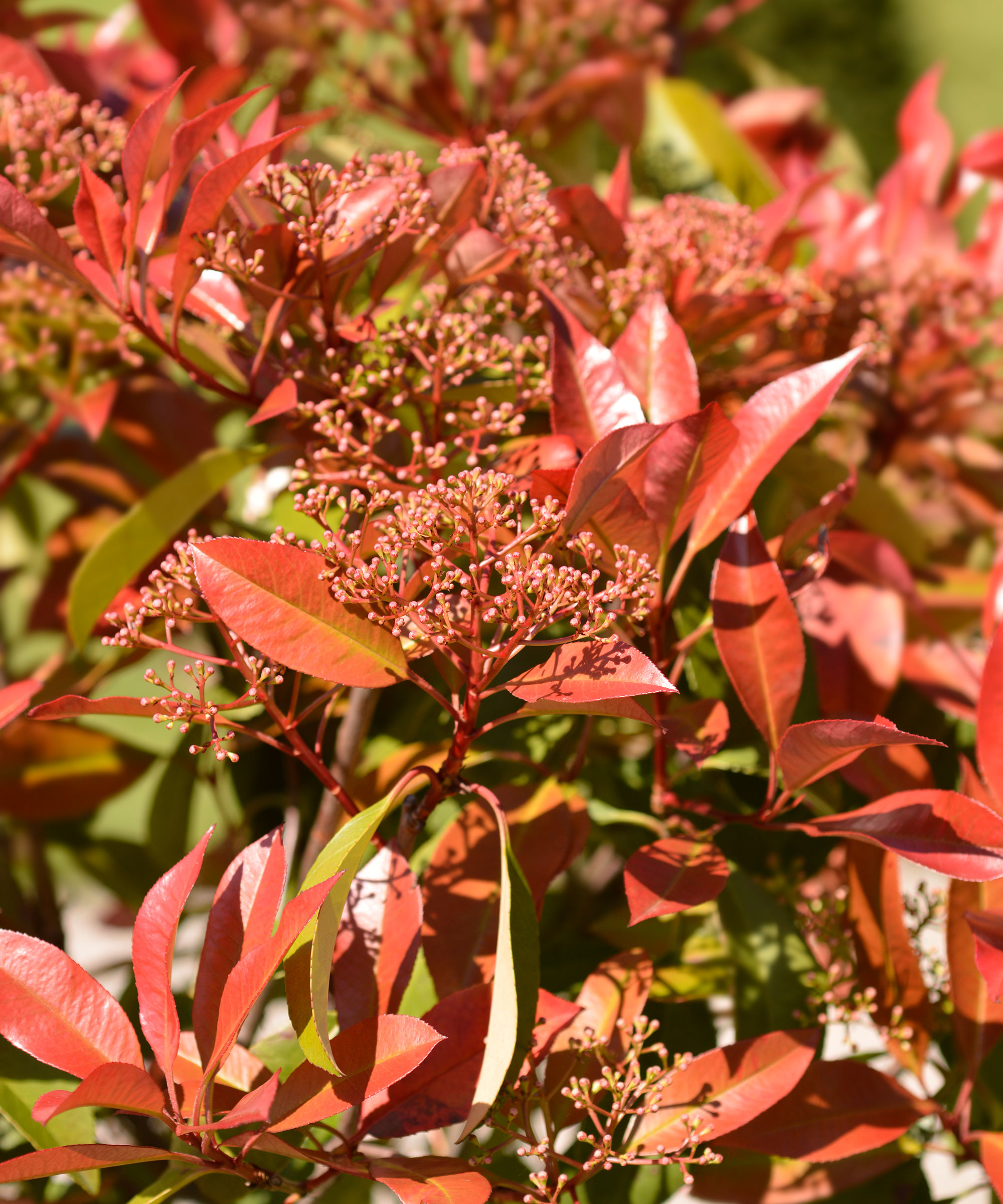
For many years, Photinia shrubs have been popular, often thought of as low-maintenance hedge plants or statement plants in pots and borders.
I am not a huge fan of their foliage coloration, and I know that I am not alone in this, but I do understand that some people enjoy the pop of red as a contrast to green.
However, I have always found them to be rather temperamental when caring for them in gardens in the UK, suffering from frost damage, or leaf spot or mildew. So, not quite as low-maintenance as they are often considered.
And, while the standard Photinia x fraseri 'Red Robin' is not considered aggressive, some Photinia species are, including P. serratifolia, which is classified as an invasive tree and shrub to avoid in California, Texas, Louisiana, Mississippi and Georgia.
Instead, for a low-growing hedge, I recommend oakleaf hydrangeas, which are far easier to grow. This native species, Hydrangea macrophylla, also has remarkable fall foliage, displaying oak-shaped leaves in shades of green and burgundy.
Live oakleaf hydrangeas can be ordered via Amazon, and can be planted in part-sun-part-shade down to zone 5.
4. Barberry
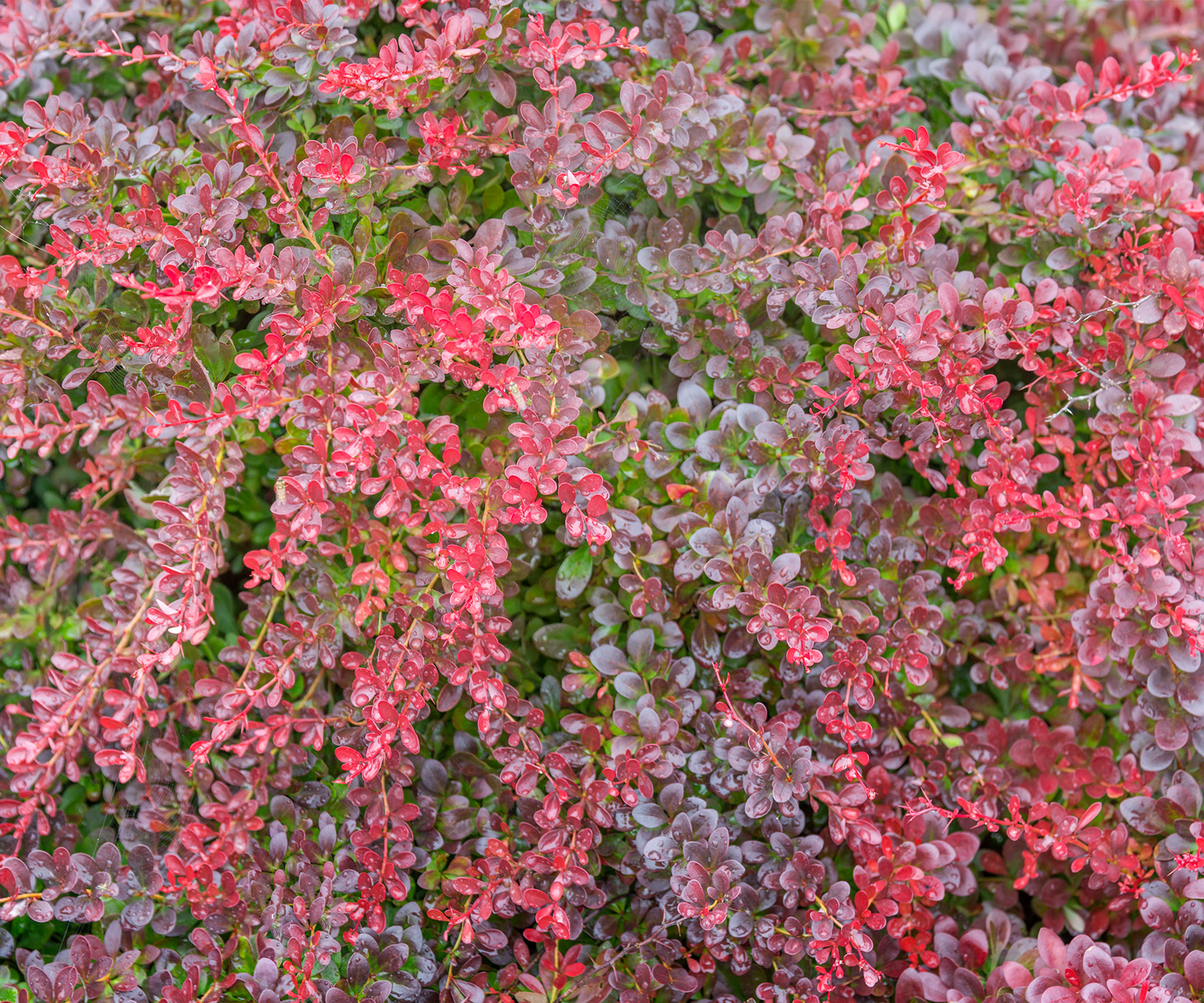
Japanese barberry, Berberis thunbergii, as well as some other species of barberry, are considered invasive plants to avoid growing, including in Maine, Wisconsin and Missouri.
While they might be fast-growing shrubs, in my opinion, they should always they should be kept out of backyards, particularly for this reason.
Indeed, they are overly vigorous outside of their native range, and this is to say nothing of the rather nasty spines along the stems.
Anyone who has pruned barberry will probably have the scars to prove it. This is not a job for the faint-hearted. And if you do need to do this task soon, my advice would be to invest in a good-quality pair of thornproof gardening gloves, available from Walmart.
If you need any more convincing, trying to remove leaves from the crown during fall and winter is also nigh-on impossible.
I once cared for a large swathe of barberry in central London, in a public park, and the London plane tree (Platanus × hispanica) foliage that would drop from above would gather in the crowns and look unsightly for many months. And, lacking thornproof sleeves, it was not an enjoyable task, I can tell you.
Instead, try learning how to grow ninebark, a thornless native shrub that can be planted down to zone 3 in part-shade, with impressive spring blooms and foliage coloration to rival that of any barberry.
Live ninebark plant can be ordered via Amazon.
5. Burning bush
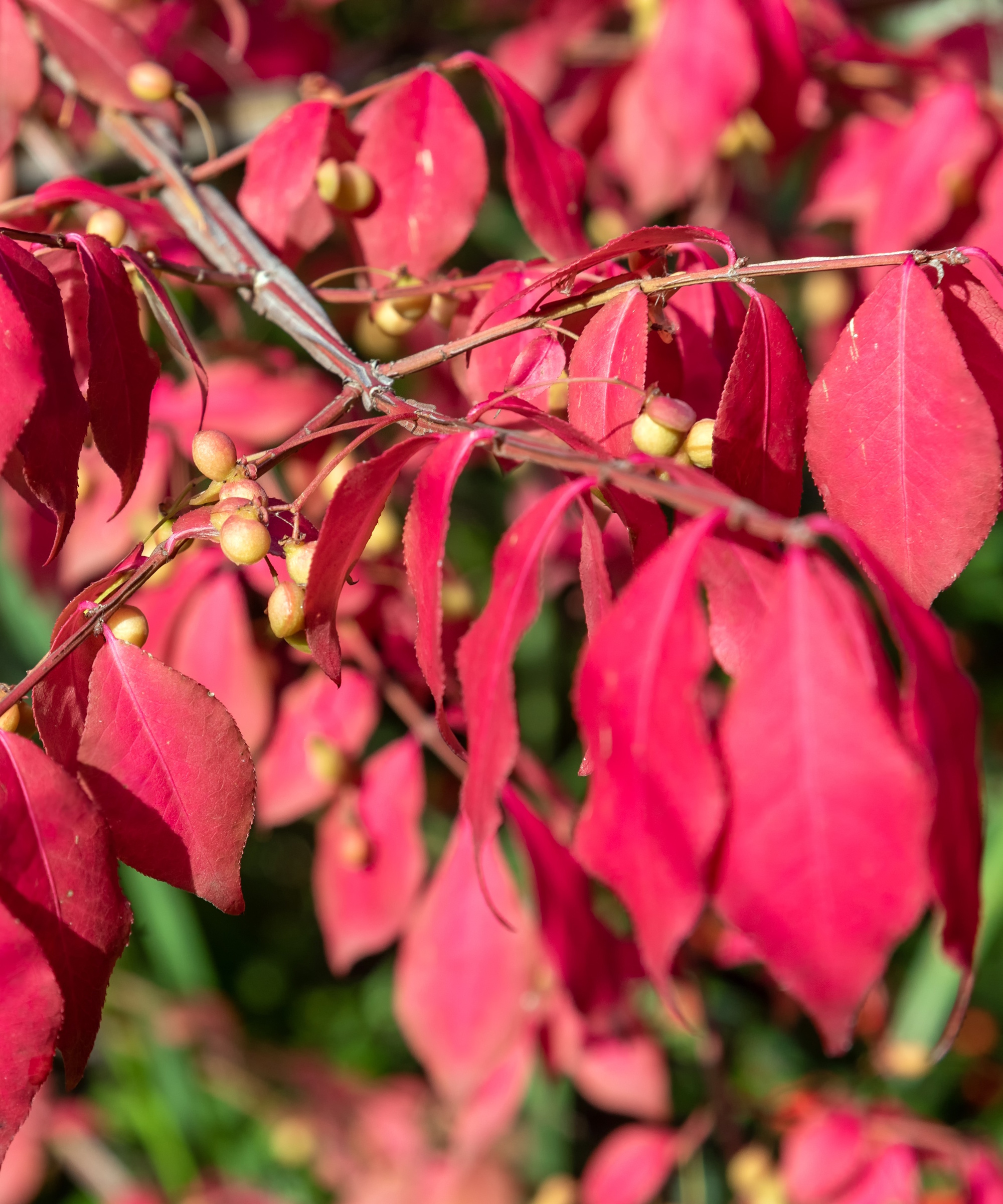
Burning bush, or Euonymus alatus, can be easily spotted by its fiery red fall foliage.
And, while you might like the look of it during October and November, this shrub, in my opinion, should be avoided at all costs.
Indeed, outside of its native range, it can prove problematic, and today it is classified as an invasive plant in 21 US states, including Massachusetts, Pennsylvania and Delaware.
Once established, it can be very tricky to learn how to control burning bush, and they can quickly self-seed, disrupt local ecosystems and outcompete native shrubs.
Believe me, I have spent many hours using my hori hori knife to remove seedlings in one garden where I worked in Wales, which was not an enjoyable job, believe me.
There are so many native alternatives to burning bush shrubs. For a tough, resilient option, I would opt for the black chokeberry shrub, Aronia melanocarpa.
Hardy down to zone 3, this North American species will provide a vibrant fall display, without any worry of dominating your yard or getting out of hand.
Live chokeberry plants are available from Amazon.
In addition to these five, there are many other shrubs I’ll never grow again that didn't make it to the list above.
For example, a special mention must go to bear's breeches, Acanthus spp., as well as Rhus typhina, otherwise known as the stag's horn sumach, which I once planted in a large London plot, and in the subsequent years, it began suckering far and wide.
For more information, see our guide on shrubs and trees never to plant in a small backyard.
Shop garden accessories

Thomas is a Content Editor within the Gardens Team at Homes and Gardens. He has worked as a professional gardener for both public spaces and private estates, specializing in productive gardening, growing food and flowers. Trained in Horticulture at the Garden Museum, he has written on gardening and garden history for various publications, including The English Garden, Gardens Illustrated, Hortus, The London Gardener and Bloom. He has co-authored a Lonely Planet travel book, The Tree Atlas, due out in 2024.
You must confirm your public display name before commenting
Please logout and then login again, you will then be prompted to enter your display name.

